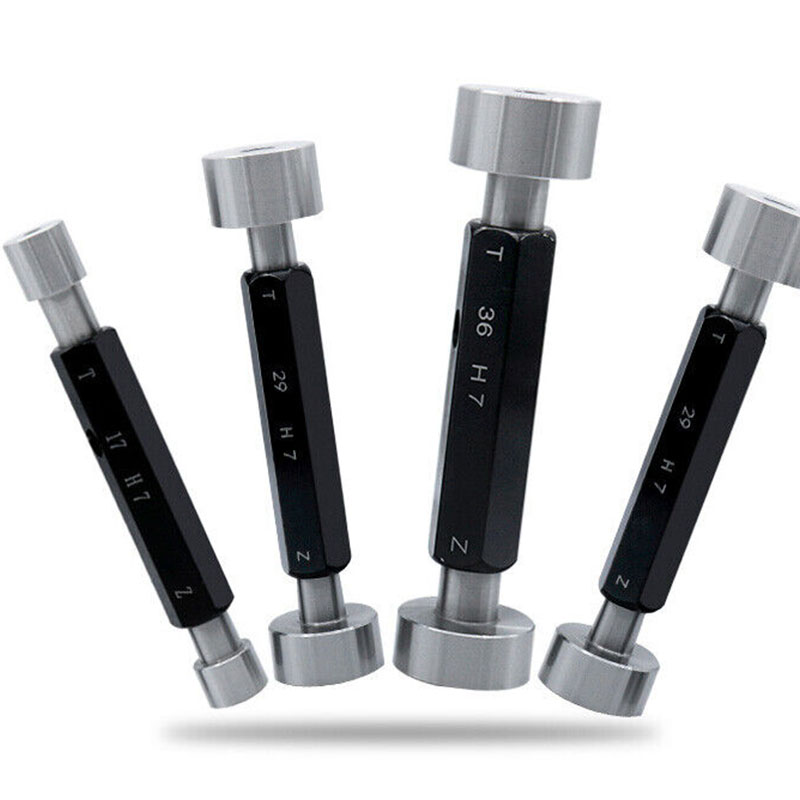Dec . 10, 2024 10:29 Back to list
Precision Tool for Bore Diameter Measurement and Verification
Understanding Bore Measuring Gauges Importance and Applications
In the world of precision engineering and manufacturing, the significance of accurate measurements cannot be overstated. Among the myriad of tools utilized to achieve such precision, the bore measuring gauge stands out as an essential instrument. This article delves into the function, design, and applications of bore measuring gauges, shedding light on why they are indispensable in various industries.
What is a Bore Measuring Gauge?
A bore measuring gauge, often referred to as a bore gauge, is a precise tool used to measure the internal diameter of a cylindrical workpiece (bore) with exceptional accuracy. Typically used in machining and quality control processes, bore gauges help engineers and machinists ensure that the dimensions of a hole meet specified tolerances. This is crucial for the performance and fit of mechanical components, especially in assemblies where precise interactions occur.
Types of Bore Measuring Gauges
Bore measuring gauges come in various forms, each suited for specific applications. The most common types include
1. Dial Bore Gauges These gauges use a dial indicator to display measurements. They are user-friendly and provide a clear reading, making them a popular choice for many operators. The design allows for quick assessments of internal diameters.
2. Electronic Bore Gauges Leveraging modern technology, electronic gauges provide digital readings, often with enhanced features such as data logging and connectivity to computers for analysis. These gauges are ideal for environments where data accuracy and integration with other systems are critical.
3. Go/No-Go Gauges Specifically designed to determine whether a bore meets specified limits, these gauges are less about precise measurements and more about confirming that a part is either acceptable or not based on simple criteria.
The Measurement Process
Using a bore measuring gauge typically involves several steps
1. Preparation Before measurement, the bore should be clean and free from debris. This ensures that the gauge can move freely and provide an accurate reading.
bore measuring gauge

2. Insertion The gauge is carefully inserted into the bore until it reaches the desired depth.
3. Measurement The operator activates the gauge, taking note of the readings displayed, whether they are on a dial or a digital screen. Adjustments may be made depending on the specific gauge used.
4. Recording Accurate records are essential for quality control, so results are often logged for traceability, especially in regulated industries such as aerospace and automotive manufacturing.
Importance in Industries
Bore measuring gauges play a critical role across various sectors, including
- Automotive Manufacturing In the production of engine components, precise bore sizes ensure optimal performance and efficiency. Bore gauges help maintain stringent quality standards required in the automotive industry.
- Aerospace Engineering Aircraft components must meet strict safety and performance criteria. Bore gauges ensure that parts fit together seamlessly, reducing the risk of failure in critical systems.
- Metalworking and Machining In the metalworking sector, bore gauges are used extensively to measure tool and part tolerances, allowing machinists to make necessary adjustments that prevent costly errors.
- Construction When dealing with large machinery and infrastructure projects, ensuring that bore holes are accurate is vital for the structural integrity of buildings and equipment foundations.
Conclusion
In summary, bore measuring gauges are fundamental tools in precision manufacturing and quality assurance processes. Their ability to provide accurate and reliable measurements of internal diameters makes them essential across various industries, from automotive to aerospace and beyond. As technology continues to advance, we can expect improvements in the design and functionality of bore gauges, enhancing their usability and precision. Ultimately, the role of bore measuring gauges in ensuring product quality and performance cannot be overlooked, making them a critical component in the engineering toolkit.
-
Thread Plug Gauge Our Promise of Measurement ExcellenceNewsAug.22,2025
-
Gauge Pin Class Reflecting Quality LegacyNewsAug.22,2025
-
Check Valve Types for High Rise BuildingsNewsAug.22,2025
-
Water Control Valve for Irrigation SystemsNewsAug.22,2025
-
Gate Valve with Soft Seal TechnologyNewsAug.22,2025
-
Y Type Strainer for Oil and Gas ApplicationsNewsAug.22,2025
Related PRODUCTS









